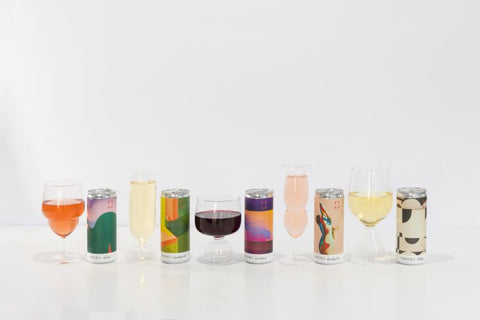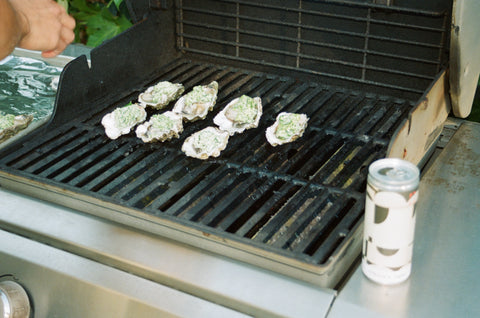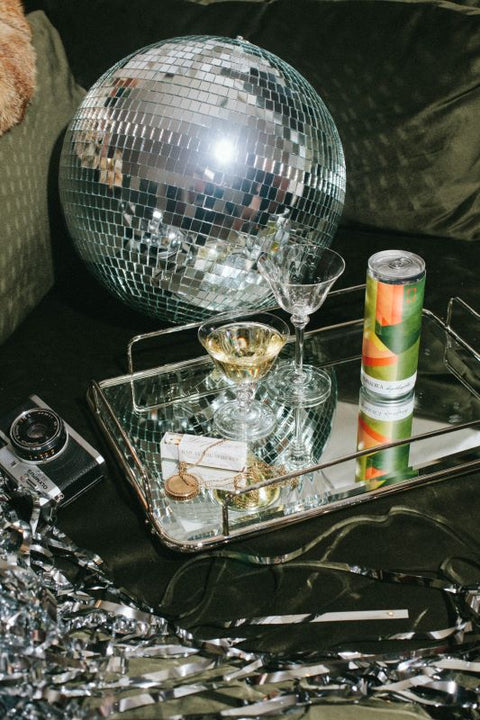
Tasting wine is a sensory adventure that allows you to explore a world of flavors, aromas, and textures. You don't need to be a sommelier or visit a vineyard to enjoy a meaningful wine-tasting experience. With a few simple steps, you can properly taste wine at home and develop a deeper appreciation for your favorite bottle.
Setting the Stage: Preparing for Your Wine Tasting
To ensure the best tasting experience, start by creating an optimal environment.
-
Choose the Right Glassware: Use glasses with a large bowl to swirl the wine and capture its aromas. A universal wine glass works well for both reds and whites.
-
Serve at the Correct Temperature:
- White Wine: Chill whites to 45°F-50°F (7°C-10°C).
- Red Wine: Serve reds at 55°F-65°F (13°C-18°C).
- Sparkling Wine: Chill to 40°F-45°F (4°C-7°C).
-
Set the Ambiance:
- Find a well-lit space with neutral lighting.
- Clear the room of strong smells, like perfume or food, to avoid interference.
-
Have Water and Palate Cleansers Ready: Keep water, plain crackers, or bread nearby to cleanse your palate between wines.
Pouring and Observing the Wine
Pour a small amount of wine (about one-third of the glass) to start your tasting.
-
Color and Clarity: Tilt the glass at a 45-degree angle against a white background to examine the wine's hue and clarity.
- White Wines: Pale lemon, gold, or amber.
- Red Wines: Ruby, garnet, or tawny.
- Legs/Teardrops: Swirl the wine gently and observe the streaks running down the glass. These "legs" indicate the wine's alcohol content and viscosity.
Smelling the Wine (The Nose)
Smelling is a critical part of wine tasting.
-
Initial Sniff: Swirl the wine gently to release its aromas and take a quick sniff.
-
Identify Aromas:
- Primary Aromas: Derived from the grape variety. Look for fruity, floral, and herbal notes.
- Secondary Aromas: Arise from winemaking processes like fermentation (yeast, butter).
- Tertiary Aromas: Develop through aging, giving earthy, nutty, or spicy notes.
-
Common Aromas:
- White Wines: Citrus, green apple, honey, vanilla, toast.
- Red Wines: Dark fruits, cherry, plum, chocolate, tobacco.
Tasting the Wine (The Palate)
Now, it's time to taste the wine and identify its flavors and structure.
-
Initial Sip: Take a small sip and let it coat your tongue. Focus on the flavors and texture.
-
Swirl in the Mouth: Swirl the wine around your mouth to expose it to all your taste buds.
-
Identify Flavors and Structure:
- Sweetness: How much residual sugar does the wine have?
- Acidity: Does the wine have a crisp, mouth-watering quality?
- Tannins (for Reds): Are there dry, puckering sensations from tannins?
- Body: How full or light does the wine feel in your mouth?
- Flavor Profile: What fruit, spice, or earthy notes can you taste?
- Finish: Does the flavor linger or disappear quickly?
Assessing and Enjoying the Wine
-
Overall Impression: After tasting, reflect on the wine's balance and complexity.
- Balance: Are all elements (sweetness, acidity, tannins) in harmony?
- Complexity: Does the wine reveal multiple layers of flavors?
-
Pairing Consideration: Consider what foods would complement the wine’s profile.
Recording Your Observations
Keep a wine journal or notes to record your impressions and preferences.
-
Details to Note:
- Appearance, aroma, flavor, and overall impression.
Wine Tasting Tips for Beginners
-
Start Simple: Begin with a few wines to avoid overwhelming your palate.
-
Taste Blind: If possible, cover the labels and taste the wines without preconceived notions.
-
Explore New Varieties: Try different grape varieties, regions, and styles.
Wine tasting at home can be a fun and educational experience that brings out the nuances in your favorite wines. By following these steps, you'll develop a deeper appreciation for the art of wine and find new favorites along the way. Cheers to your next wine adventure!




